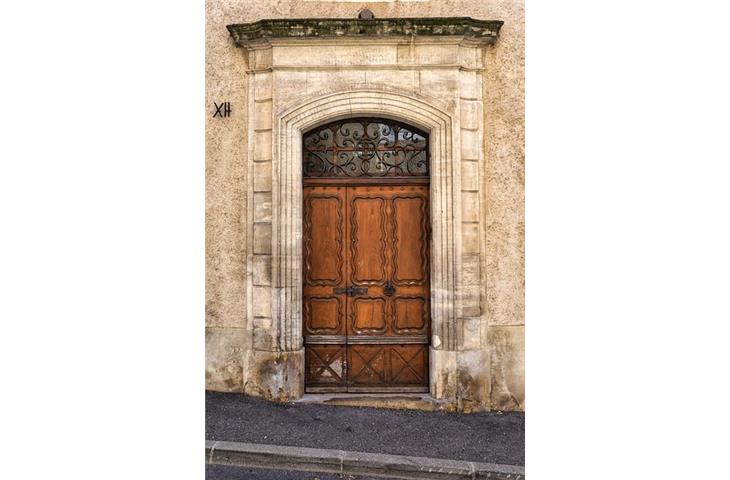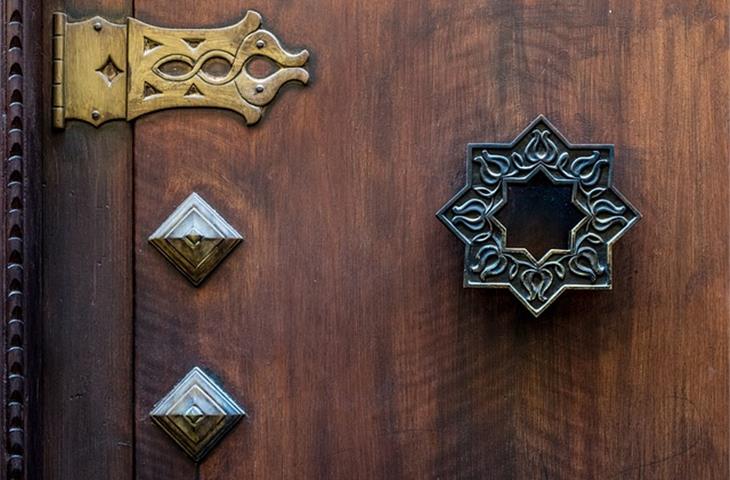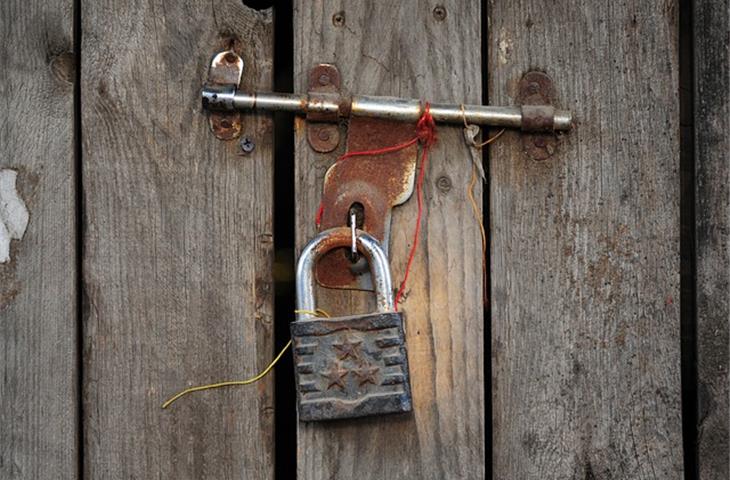“Doors Closure Hardware: An Overview”

The expansive umbrella of door closing hardware encompasses an array of intricate components and mechanisms designed to guarantee a snug and efficient closure of doors. In contemporary construction and design, this hardware has evolved beyond mere aesthetics, enhancing safety, functionality, and energy efficiency. This discourse delves into the realm of door closing hardware, discussing its manifold facets, pinpointing key prerequisites, and elucidating how these elements contribute to the holistic performance of doors.
1. Criteria for Selecting Door Closing Hardware

Prioritizing the selection of door closing hardware necessitates careful consideration of several factors to guarantee superior performance and resilience. The following constitute four pivotal selection criteria:
Material Quality: The selection of material for door closing hardware significantly influences its lifespan and resistance to deterioration. Stainless steel, brass, and aluminum, among others, are frequently utilized due to their inherent corrosion resistance and robustness.
Functionality: Diverse types of doors necessitate distinct closing hardware. For instance, a hefty, swinging door in a commercial establishment would necessitate sturdy hinges and springs, whilst a light-weight, sliding door in a domestic setting might profit from more rudimentary mechanisms.
Design and Aesthetics: The design of door closing hardware ought to harmonize with the overarching architecture and interior design of the structure. Hardware alternatives span from sleek and contemporary to classical and elaborate, providing a broad spectrum of aesthetic options.
Safety and Security: Door closing hardware must assure a secure closure to deter unauthorized entry. Features like locking mechanisms, tamper-proof designs, and child safety latches are indispensable considerations for ensuring security.
2. Varieties of Door Closing Hardware

Door closing hardware manifests itself in diverse forms, each fulfilling a specific function. The following are some of the most prevalent types:
Hinges: Hinges serve as the fundamental and quintessential component of door closing hardware. They facilitate the opening and closing of doors. Various hinge styles exist, encompassing butt hinges, full-mortise hinges, and surface-mounted hinges.
Locks and Latches: Locks and latches offer security by impeding external manipulation of doors. They are available in myriad styles, including deadbolts, lever handles, and electronic locks.
Door closers: Door closers are mechanical devices that automate the process of door closure post-opening. Their significance is amplified in high-traffic zones where doors are perpetually being manipulated.
Door stops and hold-open devices: These hardware components prevent doors from achieving a complete closure or from swinging excessively open. Door stops are employed to anchor doors in position, while hold-open devices enable doors to remain ajar for prolonged durations.
3. Advantages of Door Closing Hardware
Enhanced Security: Superior locks and latches ensure that doors remain inviolable, safeguarding property and thwarting unauthorized access.
Improved Energy Efficiency: Door closers and weather stripping aid in maintaining a uniform indoor temperature, thereby curbing energy consumption and reducing utility expenses.
Augmented Safety: Door closing hardware incorporating safety features, such as child safety latches and tamper-resistant designs, aids in averting accidents and injuries.
Durability: Premium quality materials and robust construction ensure that door closing hardware endures for years, mitigating the necessity for frequent replacements.
4. Installation and Maintenance
Efficient installation and routine maintenance are paramount for ensuring peak performance of door closing hardware. Here are some guidelines for installation and maintenance:
Installation: Adhere meticulously to the manufacturer’s instructions during the installation of door closing hardware. Confirm that all components are aligned accurately and that sufficient clearance exists for unimpeded operation.
Maintenance: Conduct periodic inspections of door closing hardware for indications of wear and tear. Sanitize and lubricate hinges and other movable parts to stave off rust and corrosion. Replenish worn-out or damaged components promptly to sustain optimal performance.
In summation, door closing hardware holds a pivotal role in the functionality, safety, and aesthetics of structures. By comprehending the various types of door closing hardware, selecting the fitting components predicated on specific prerequisites, and ensuring proficient installation and maintenance, property proprietors and managers can augment the overall performance of their doors. As the demand for top-tier, resilient, and secure door closing hardware continues to escalate, the industry is ceaselessly evolving to cater to these needs, proffering innovative solutions that enhance the built environment for all.

